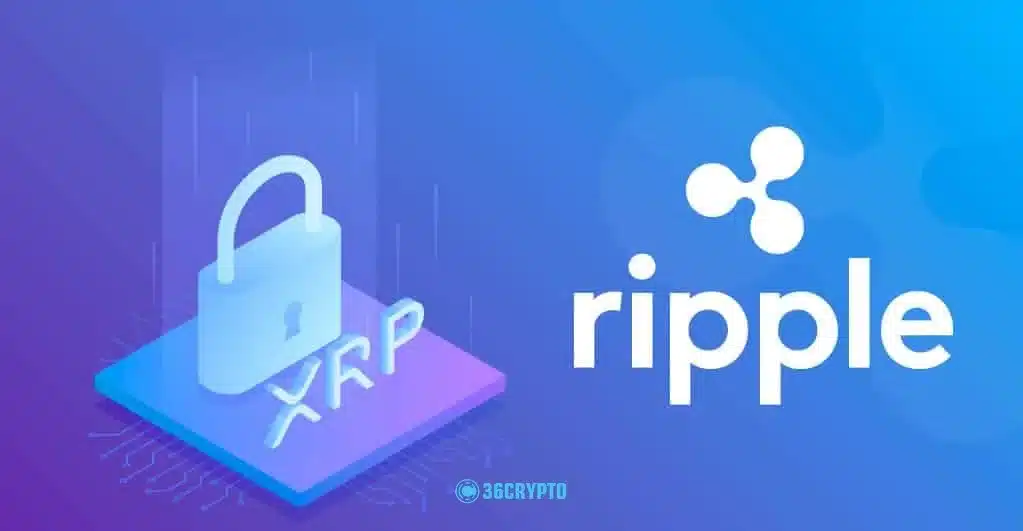In the latest wave of crypto-institutional crossovers, Ripple and its digital asset XRP are emerging as potential front-runners in the transformation of financial messaging systems under the ISO 20022 framework.
A recent analysis shared by crypto researcher SMQKE has reignited interest in Ripple’s technological relevance, especially as the financial world inches closer to full-scale adoption of standardized messaging protocols.
The Growing Relevance of ISO 20022 and Ripple’s Unique Fit
ISO 20022 is a globally recognized standard for electronic data interchange between financial institutions, aimed at modernizing and harmonizing how payment instructions and financial messages are communicated across borders.
With the transition deadline fast approaching in major financial markets like the EU and the U.S., institutions are seeking solutions that offer seamless compatibility. This is where Ripple’s distributed ledger technology stands out.
As referenced in a Financial IT publication highlighted by SMQKE, successful global messaging systems hinge on three principles: standardization, reusability, and rationalization.
Also Read: Ripple’s $11B Move to Buy Circle Could Disrupt Coinbase’s Crypto Stronghold
“Successful messaging networks depend on standardization, rationalization, and re-usability. Ripple’s distributed ledger-based system, in addition to its cryptocurrency XRP, delivers ALL OF THESE.”✅
“Since FinTechs have introduced new modern methods of payment services, the… pic.twitter.com/65B8pLgYOB
— SMQKE (@SMQKEDQG) May 24, 2025
Ripple’s architecture, underpinned by its XRP Ledger, is cited as meeting these core requirements, aligning it directly with ISO 20022’s long-term vision.
Ripple’s Infrastructure: Bridging Traditional and Emerging Frameworks
The integration of new fintech solutions with long-standing financial infrastructure has created pressing interoperability challenges. According to SMQKE and supported by several media commentaries, Ripple’s focus on protocol flexibility and message format consistency gives it a technical edge in solving this problem.
ISO 20022 offers a single, standardized language for data exchange, enabling smoother communication between traditional banking systems and emerging technologies like blockchain.
RippleNet’s capabilities, already used by institutions worldwide for cross-border payments, are being looked at not just for speed and cost-efficiency, but for their potential role as a messaging backbone in a digital-first financial era.
Interoperability: Blockchain’s Lingering Hurdle
A major roadblock to widespread blockchain adoption has been the fragmentation of communication protocols between different networks. As SMQKE explains, industry-wide efforts led by standardization bodies such as ISO and IEEE are now converging to eliminate these barriers.
The lack of uniformity in how blockchains exchange data has historically prevented seamless integration into legacy systems. But ISO 20022 is slowly changing that narrative.
Ripple’s compliance-ready infrastructure is uniquely positioned to benefit from this standard, potentially opening the door for XRP to act as a bridge asset, facilitating cross-platform value transfers in a compliant, transparent manner.
XRP’s Institutional Appeal Grows
Ripple’s early adoption of ISO 20022 and commitment to regulatory alignment is seen as a long-term strategy to embed XRP within the core of institutional finance. Unlike many of its peers, SMQKE’s findings also note that XRP is engineered to serve as more than a transactional token.
It is built to support complex financial messaging, giving it broader utility in trade finance, remittances, and liquidity management.
Recent moves—such as partnerships with central banks, government entities, and international payment corridors—further cement Ripple’s strategy. While other crypto projects are still navigating regulatory uncertainty, Ripple’s proactive compliance stance could be a key differentiator.
The Verdict: XRP at a Critical Juncture
With the ISO 20022 transition nearing critical mass globally, Ripple’s infrastructure and XRP’s capabilities may find themselves in high demand.
According to SMQKE, this alignment isn’t speculative—it’s backed by multiple publications and technical documentation, making a compelling case for XRP’s increasing role in financial innovation.
As more institutions migrate to the ISO 20022 messaging standard, platforms that offer ready-built compliance and integration advantages, like Ripple, are likely to see increased adoption.
While the crypto market continues to evolve, Ripple and XRP are quietly positioning themselves as indispensable components of the future financial messaging landscape.
Also Read: Ripple’s RLUSD Is Replacing Bank Stablecoins Ideas Faster Than Anyone Expected

